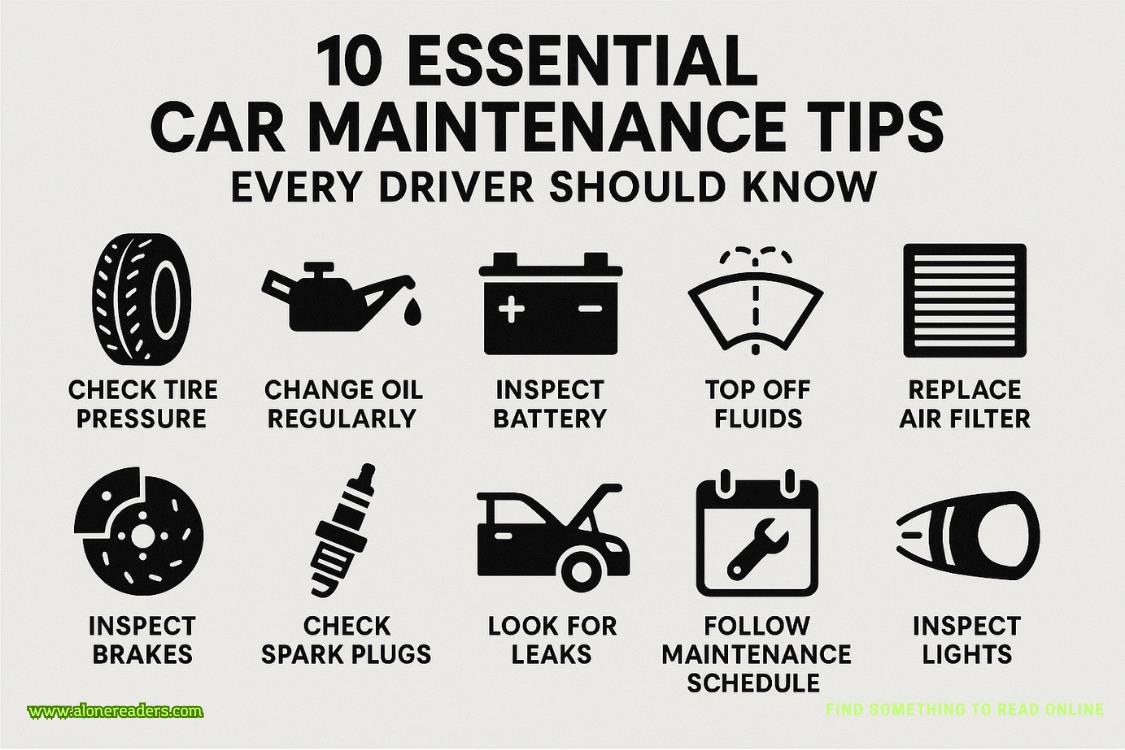Page 10 of Stout Bear
“If we take the next service road, we should find access to the creek,” Laney said, checking her map.
He mentally tallied the cost it took to build and maintain these roads, the pipeline, and the pumphouse. The brewery had weathered economic downturns, changing consumer tastes, and increased competition. But if contamination ruined the spring, all that money, and his family’s legacy, could vanish.
He took the next turn, and the truck crawled along the rutted service road, jostling them with each uneven patch. Max kept the speed slow, mindful of the steep drop-off to one side. Years of driving these mountains had taught him respect for the terrain.
Max pulled the truck onto a grassy shoulder. He stepped out, scanning the tree line for a route to the creek. A faint roar of rushing water hinted the creek lay not too far in. The isolation of this spot raised questions about how contamination could reach such a remote location.
They followed a narrow, winding path, pushing aside low-hanging branches and stepping over exposed roots. The forest deepened, the air thick with the scent of damp earth and pine. A carpet of fallen needles cushioned their steps.
The trees thinned out, revealing a fast-flowing creek rushing over stones and fallen logs. Laney immediately crouched near the bank, setting up her sampling equipment. Max surveyed the area, looking for anything unusual that might explain the contamination. He didn’t see anything. The creek’s water surface rippled in the shifting sunlight. Pebbles on the creek bed gleamed in shades of brown and gray beneath the transparent flow.
“It looks clean from here... but I guess that’s the problem with invisible contaminants,” Max said, standing beside her.
“Yeah. Let’s see what the tests say,” Laney said.
He braced himself, half-hoping the water was fine, half-expecting worse news given the signs at the spring. Laney carefully uncapped multiple vials, dipping them just below the surface to collect creek water. The test strip shifted to a deeper, more pronounced color than the ones at the pumphouse and the spring. She compared color changes on a chemical strip against her reference, scribbling hurried notes. Max watched intently, trying to interpret the results before she spoke.
The creases around her eyes deepened. “The contamination is definitely higher here,” Laney said grimly.
“How is that even possible? We’re miles from any industrial site,” Max replied.
“I wish I knew,” Laney said.
His mind reeled with the potential sources, illegal dumping, runoff, or something else entirely. He felt a wave of helplessness but clamped it down. The mountains had always been his sanctuary, the place he felt most connected to his bear. The idea that someone was poisoning this wilderness filled him with fury.
Laney stood, carefully sealing her sample vials. She looked up at Max with an apologetic but firm expression. Max ran a hand through his hair, anxiety twisting his stomach. The test results confirmed his worst fears.
“I have to analyze this in the lab, cross-reference with known industrial solvents... maybe track local usage or dumping permits.”
He saw worry in Laney’s eyes. She was as determined as he was, but they were both facing an unknown threat. Heading back along the overgrown trail toward the truck, Max tried to calm his frantic thoughts. Each scenario his mind conjured seemed worse than the last, the brewery closing, laying off employees who depended on him, watching his parents’ work crumble.
He couldn’t fail his family. His parents had trusted him with the business, and his siblings looked to him for leadership. The weight of responsibility pressed down on him like a physical burden. Laney walked a pace behind him, her brow furrowed deep in thought. They reached the truck, and Laney carefully placed her samples in a holding tray. Max gripped the steering wheel before starting the engine, taking a moment to steady himself.
Laney settled into her seat beside him. “You’ll let me know the moment you find something, right?” Max asked, his voice subdued as he pulled out of the parking spot.
“Of course,” she promised.
He didn’t want to alarm his siblings yet. There was too much riding on the festival. He would handle this himself if he must. Failure wasn’t an option.
Chapter
Twelve
Back at the lab,Laney prepared for another round of analysis. Her data needed to be bulletproof if she planned to alert officials. She held each beaker up to the light, noting differences in clarity and color. She recorded these observations in her field notebook.
She then opened a fresh package of water testing strips and dipped one strip into each sample. After waiting thirty seconds, she held each strip against the color reference chart. The spring water showed minor pH shifts and trace chemical indicators. The creek sample turned the strips distinctly off-color, suggesting higher concentrations of foreign substances.
Laney transferred small amounts of each sample into test tubes and then placed them in the spectrometer. The machine whirred as it processed. The computer screen displayed overlapping peaks—telltale signs that a single contaminant family affected all tested locations.
“This confirms it’s the same chemical in each site,” Laney said with grim satisfaction.
To verify these findings, she ran the spectrometer analysis again. The second and third rounds produced nearly identical readings, confirming the initial results weren’t errors or anomalies.
Laney then lined up test results from all four locations: brewery tank, pumphouse, spring, and creek. She created a chart showing contamination levels at each site. The patterns revealed a clear gradient. The contamination levels increased as she moved upstream, with the creek showing the highest concentration.
She recognized that the same chemical signature remained consistent throughout the entire water system. This evidence provided enough to build a conclusive case.
Laney finalized her report with a simple action plan. “We need more specialized testing to identify the exact compound, but current evidence confirms contamination throughout the watershed.”















